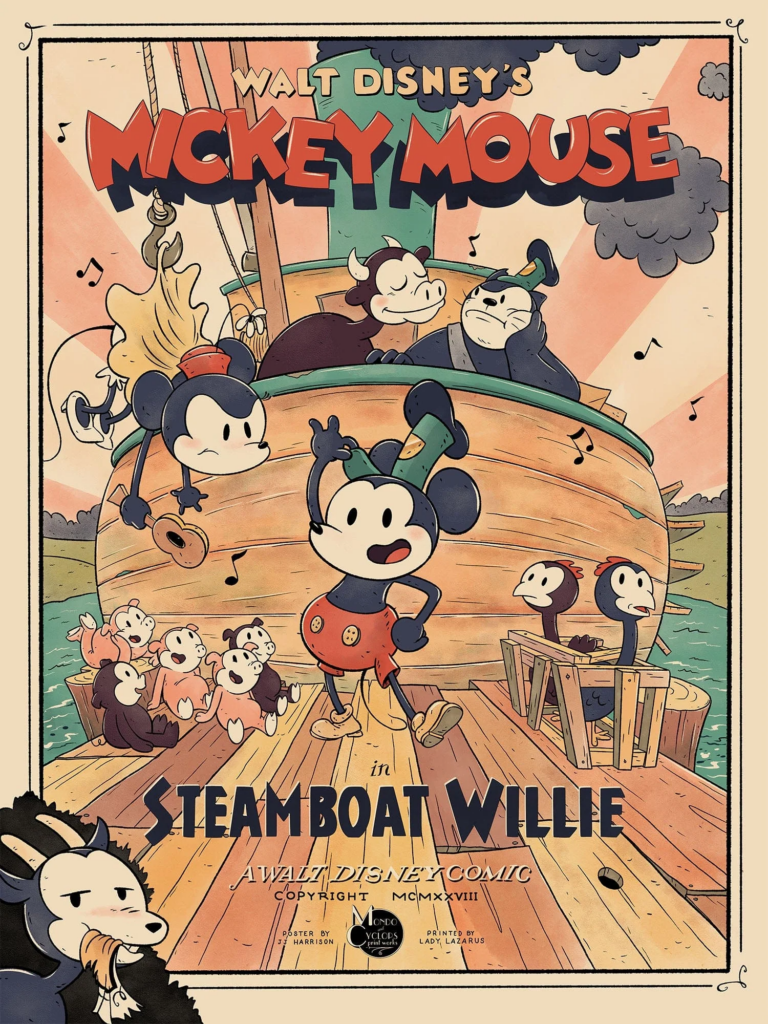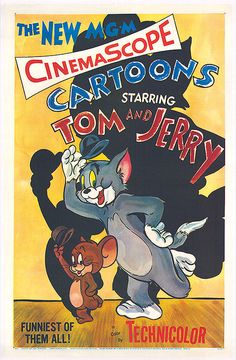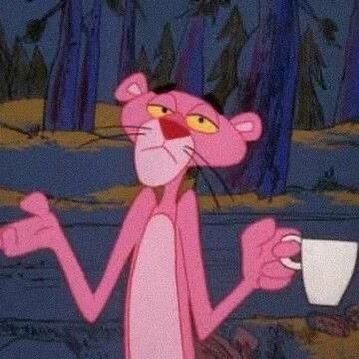Introduction
For many of us, the cartoons we used to watch growing up as a kid hold a special place in our hearts today. Be it their art style, storytelling, or their characters, there was something about it that just felt different. The nostalgia associated with the vintage cartoons’ unique charm takes us back to the good old days in every blink of an eye. In this article, we submerge ourselves in a wistful affection for a period in the past as we delve into some of the most iconic vintage cartoons of the old.
List of Vintage Cartoons
1. The ‘Steamboat Willie’

When you talk of any topic in the sphere of vintage cartoons, it is impossible not to talk about the role of Disney in it all. Mickey Mouse, naturally, has been the company’s crown jewel (though the initial design of the character has just entered the public domain). Airing on screens for the first time in 1928 (during the era of black and white cartoons), alongside Minnie Mouse in “Steamboat Willie”, everyone’s beloved Mickey Mouse faces a comical situation atop a steamboat which ends up with him peeling potatoes. The character soared in popularity and quickly became the face of the golden era of animation. It also became Disney’s logo from 1929 to 1937 and many of the brand’s merchandising operations are still heavily centered around the character.

What many people don’t know is that, surprisingly, Mickey wasn’t Disney’s first star. It was conjured as the successor to Oswald the Lucky Rabbit, whose trademark rights Disney lost in 1928 (things worked out for the better, no?). Subsequently, the Mickey Mouse universe went on to introduce other iconic characters like Donald Duck, Goofy, and Pluto. Since it has been around for so long, subsequent iterations of this vintage cartoon have been characterized by different themes to pertain to the culture of various eras. An example of this is the episode “Der Fuehrer’s Face” aired in 1942, where Donald Duck finds himself in a nightmare, being forced to produce artillery shells in Nazi Germany (which is frankly one of the best-written shorts I have ever seen).
2. Tom and Jerry
Arguably the most famous cat and mouse in history. Their legacy is such that their names are now almost synonymous with the golden vintage cartoon era. Tom and Jerry were created in 1940 by William Hanna and Joseph Barbera (etched as legends in the history of animated shorts) for Metro-Goldwyn-Mayer (MGM) studios. The iconic duo debuted in “Puss Gets the Boots”. This animated short went on to be nominated for the Oscars (Oscar nomination in just their first appearance? Crazy!). A lesser-known fact is that upon inception and their first appearance, the names given to the cat and mouse were Jasper and Jinx. It changed to what we know today after suggestions from the show’s audience given its popularity, and we’re all glad that it did!

Tom and Jerry went on to be reimagined many times in its 80-year history by several different creators, each expressing their take on the character designs in various editions of this originally vintage cartoon. The eras of Hanna-Barbera (1940-1958, 1975-1977, 1990-1994) and Gene Deitch (1961-1962) were considered to be the most iconic. Chuck Jones (1963-1967), also one of the creators of Looney Tunes, incorporated his touch on the character designs. The legendary Tom-and-Jerry theme song was also introduced during his era. The second era of Hanna-Barbera saw the dynamics of the duo reimagined as the broadcasting norms no longer allowed the display of ‘violence’ in any form on kids’ TV. It led to the conception of a more toned-down version of the archetypal chase scenes in Tom and Jerry. Subsequently, their third era saw the ‘babyfication’ of the famous cat and mouse in ‘Tom and Jerry Kids’.

Some of the most iconic and timeless masterpieces were produced during the first era of Hanna-Barbera. The charms of the following shorts have been permanently imprinted onto the corridors of animation history for generations of audiences to come: ‘Mouse in Manhattan’ (with some incredibly aesthetically pleasing frames), Mice Follies (a symphony of ingenious visual odyssey), and Heavenly Puss (exhibiting a mesmerizing allure of celestial aesthetics).

3. The Pink Panther Show
This creation of Friz Freleng and David DePatie dates back to the 1960s, with the center of the vintage cartoon being a smug pink panther (duh!), in several shorts hinted to have been an old British gentleman. It has been one of the few timeless vintage cartoon classics. Its success is evident in the fact that even after more than half a century, it is still remembered by its audience and is part of the core memories of many childhoods around the world. The fact that it relies on visual humor (set to the jazz score composed by Henry Mancini) enabled it to reach a much wider global audience. While pink has traditionally been considered to be a feminine color, its incorporation in the Pink Panther cartoon unified all little admirers.

Its animation art style conveyed a subtle sense of serenity, a trait common among all iconic vintage cartoons. The way the panther would elegantly carry himself in his encounters with Big Nose, The Dog, and The Inspector made it endearing in its way. The very first animated short of the show was ‘The Pink Phink’: a painter wanting to paint the house blue where a mischievous panther triumphs over him in ‘pinkifying’ the entire thing. While being so simple and minimalistic in its concept, it still ended up being loved by many. Some memorable episodes include “Pink Pajamas”, where the pink panther sneaks into a house during a snowy night to sleep; “Pink on the Cob”, where he tries his best to protect his cornfield; “In the Pink of the Night”, where a cuckoo clock does not let him sleep at night. This vintage cartoon’s shorts are worth a rewatch!
4. Scooby-Doo, Where Are You!
The adventures of the lovable Great Dane in Scooby-Doo were memorable for several reasons. Created by Joe Ruby and Ken Spears in 1969 for Hanna-Barbera Studios, it was its uniqueness that set this vintage cartoon apart from the aforementioned series. Unlike the other mentions in the article, Scooby-Doo also incorporated the use of dialogue to convey humor and the plot. Elements of this vintage cartoon were greatly influenced by the hippie counterculture, groove, and psychedelic vibes of the late 1960s and 1970s (More insights on the counterculture here). Shaggy was displayed as a typical hippie of that time and the design of the mystery machine was also one that resonated with the colorful vibes of the counterculture. As a result, the show acts like a time capsule of cultural trends of that era.

Scooby-Doo uniquely incorporated a blend of mystery and comedy to make it appealing to kids’ audiences. Every character had their catchy catchphrases and distinct personalities: Velma’s analytical skills; Scooby and Shaggy’s insatiable appetite for Scooby snacks and sandwiches; Fred’s mechanical aptitude and physical prowess; and Daphne is just there. Alike Tom and Jerry, Scooby-Doo has also had many versions and spinoffs over the years. Its most memorable shorts, personally, are: “What a Night for a Knight”, which was the very first episode of the series; and “Bravo Dooby Doo”, which was a crossover episode with another product of Hanna-Barbera Studios, ‘Johnny Bravo’ (more on that in the next iteration of this blog).
Conclusion
These timeless classics are here to stay. Their elegance lies in their simplicity alongside their ability to deliver humor and attract audiences beyond the restrictions of any age or culture. Their passage from generation to generation ensures that the charm of these enchantments of yesteryears continues to live on.
